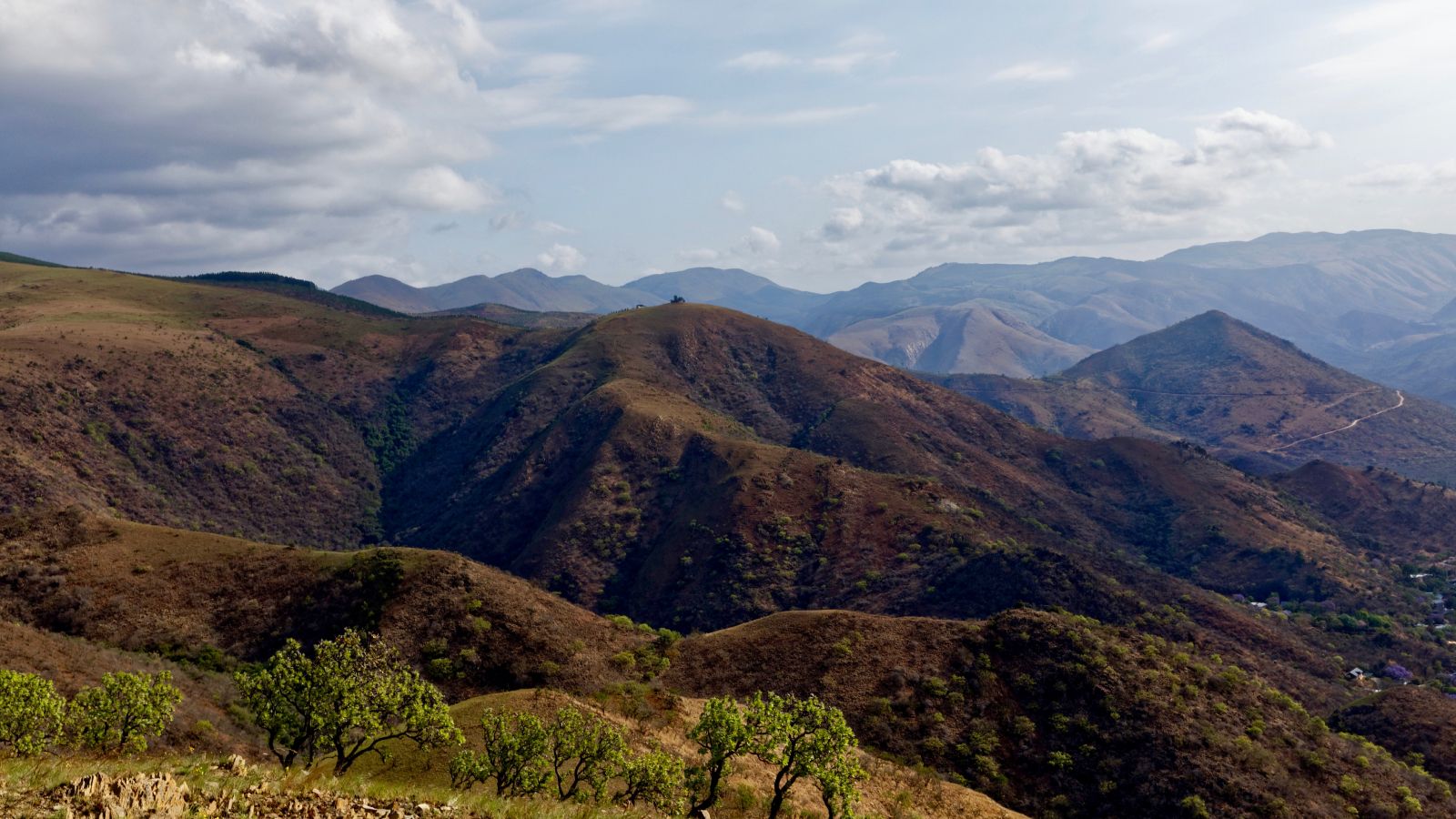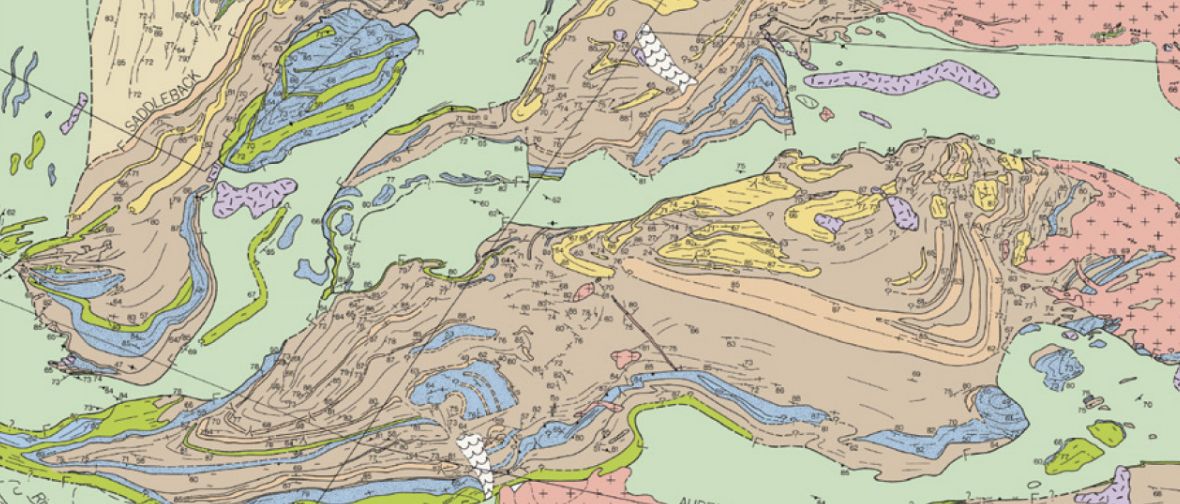Follow us on Google News (click on ☆)
Geologists have discovered signs of the very first earthquakes on our planet, hidden in rocks that are 3.3 billion years old. This finding, made in the Barberton greenstone belt in South Africa, provides early evidence of plate tectonics and casts a new light on the primordial conditions that may have favored the appearance of life.

The Makhonjwa Mountains on the Barberton greenstone belt, where scientists find evidence of the earliest known earthquakes on Earth.
Credit: Beate Wolter/Shutterstock
The Barberton belt, with its verdant hues, offers a rare geological testimony of ancient Earth, spanning from 3.2 to 3.6 billion years into the past. However, deciphering its history has proven complex due to the disorderly arrangement of rocks. The key was found by comparing these formations with much younger strata, located in New Zealand, which have undergone underwater landslides triggered by earthquakes in the Hikurangi subduction zone.
The study, led by Simon Lamb, a geologist at Victoria University of Wellington, and Cornel de Ronde, a senior scientist at GNS Science in New Zealand, reveals striking similarities between the two regions. These findings suggest that extremely powerful earthquakes occurred several billion years ago, reshaping the landscape significantly.
The concept of plate tectonics, while widely accepted today, finds one of its earliest proofs here. Indeed, seismic activity, by moving massive blocks of earth, not only sculpted our planet's surface but also potentially created the conditions necessary for the emergence of life.
Earth, formed about 4.6 billion years ago, cooled to become a world of water. The subduction zones, theaters of these early earthquakes, are also known for their major volcanic eruptions, providing the energy necessary for the first forms of life.

Geological map of the Barberton greenstone belt.
Credit: De Ronde (2021)
This study sheds new light on the origins of our world and life itself. By identifying evidence of these ancient earthquakes, scientists bring us closer to understanding the fundamental mechanisms that have shaped Earth as we know it today.
These earthquakes, far from being mere natural disasters, could have been crucial players in the story of life on Earth, triggering a series of events that allowed life to take root and develop.